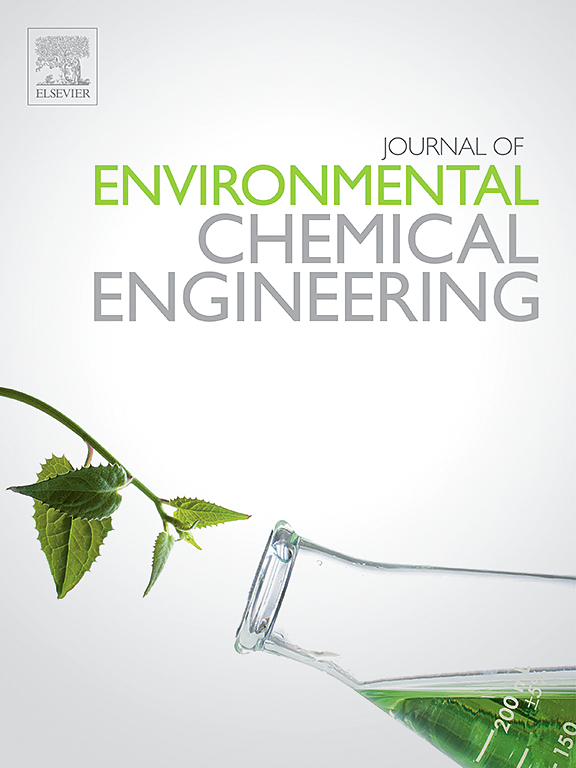Biochar-based materials for sustainable energy applications: A comprehensive review
IF 7.4
2区 工程技术
Q1 ENGINEERING, CHEMICAL
引用次数: 0
Abstract
Biochar, a carbon-rich material derived from the pyrolysis or carbonization of biomass, has gained significant attention in recent years due to its versatile applications in the energy sector. As the focus on sustainable and renewable energy sources intensifies, biochar-based materials have emerged as promising candidates for various energy-related uses. This review aims to provide a comprehensive overview of the current state of the art and the sustainability of biochar-based materials for energy applications. It is essential to adopt a sustainability perspective when examining the state of the art, considering the environmental, economic, and social dimensions of biochar-based materials to ensure their long-term viability and alignment with sustainable development goals. By delving into the latest advancements, challenges, and opportunities, this review seeks to advance the adoption of biochar-based materials as sustainable solutions in the rapidly evolving energy landscape.
用于可持续能源应用的生物炭基材料:全面综述
生物炭是生物质热解或碳化过程中产生的一种富碳材料,近年来因其在能源领域的广泛应用而备受关注。随着人们对可持续和可再生能源的关注不断加强,生物炭基材料已成为各种能源相关用途的理想候选材料。本综述旨在全面概述生物炭基材料在能源应用领域的技术现状和可持续性。在研究技术现状时,必须采用可持续发展的视角,考虑生物炭基材料的环境、经济和社会层面,以确保其长期可行性,并与可持续发展目标保持一致。通过深入研究最新进展、挑战和机遇,本综述旨在推动生物炭基材料的应用,使其成为快速发展的能源领域的可持续解决方案。
本文章由计算机程序翻译,如有差异,请以英文原文为准。
求助全文
约1分钟内获得全文
求助全文
来源期刊

Journal of Environmental Chemical Engineering
Environmental Science-Pollution
CiteScore
11.40
自引率
6.50%
发文量
2017
审稿时长
27 days
期刊介绍:
The Journal of Environmental Chemical Engineering (JECE) serves as a platform for the dissemination of original and innovative research focusing on the advancement of environmentally-friendly, sustainable technologies. JECE emphasizes the transition towards a carbon-neutral circular economy and a self-sufficient bio-based economy. Topics covered include soil, water, wastewater, and air decontamination; pollution monitoring, prevention, and control; advanced analytics, sensors, impact and risk assessment methodologies in environmental chemical engineering; resource recovery (water, nutrients, materials, energy); industrial ecology; valorization of waste streams; waste management (including e-waste); climate-water-energy-food nexus; novel materials for environmental, chemical, and energy applications; sustainability and environmental safety; water digitalization, water data science, and machine learning; process integration and intensification; recent developments in green chemistry for synthesis, catalysis, and energy; and original research on contaminants of emerging concern, persistent chemicals, and priority substances, including microplastics, nanoplastics, nanomaterials, micropollutants, antimicrobial resistance genes, and emerging pathogens (viruses, bacteria, parasites) of environmental significance.
 求助内容:
求助内容: 应助结果提醒方式:
应助结果提醒方式:


